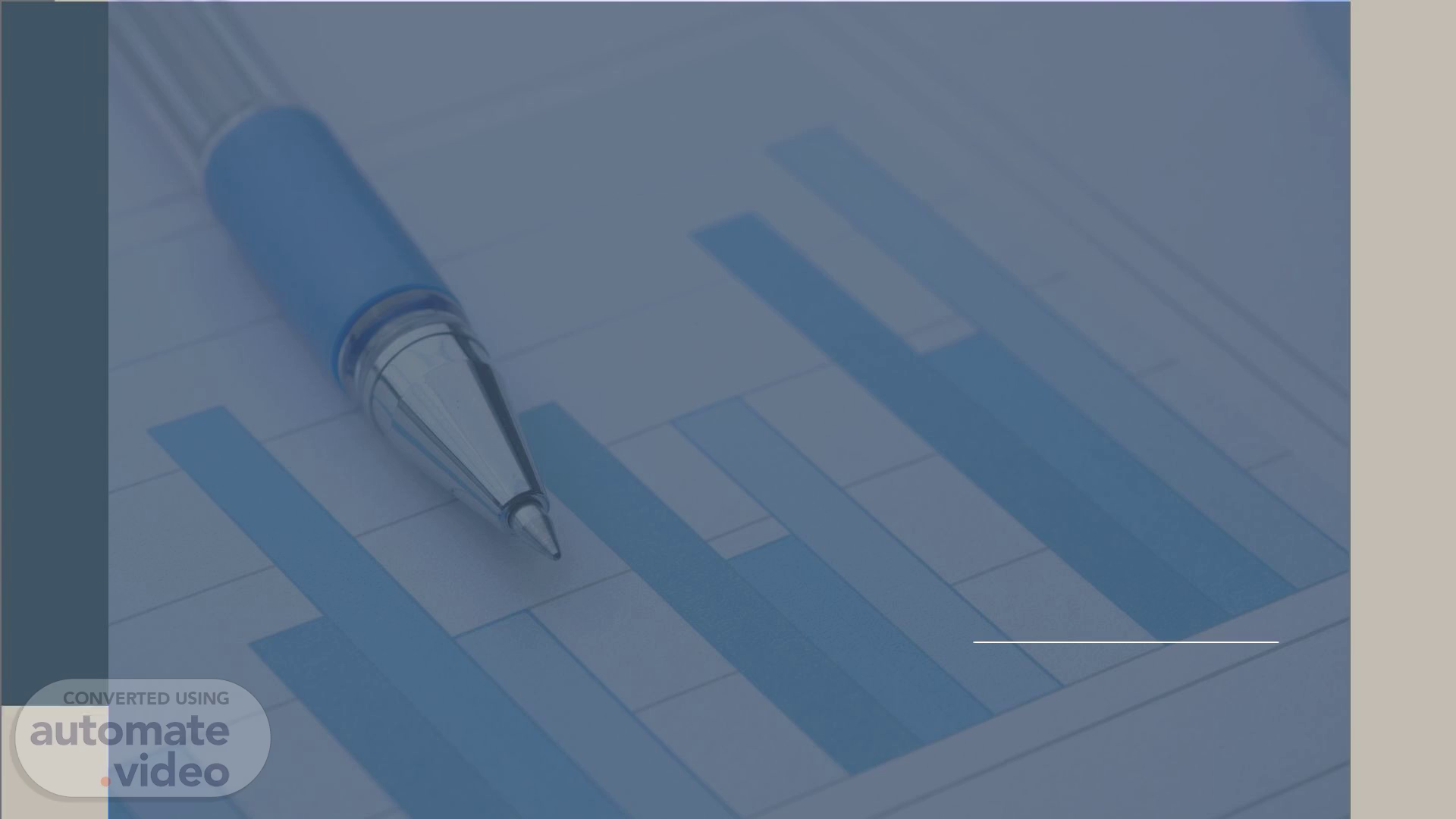
Strengths and Limitations of using AI for video creation
Scene 1 (0s)
Angled shot of pen on a graph. Strengths and Limitations of using AI for video creation.
Scene 2 (9s)
[Audio] In a nutshell, AI is revolutionising video creation with tools like text to video generators, improved animation software's and virtual editors like Adobe. AI has been on the rise in the past few years with chat bots like ChatGPT taking over the internet for its simplicity to be able to ask it any question in the world of which it has an answer for. AI does offers immense potential for the future but unfortunately, with everything good brings issues. This video will help to highlight both sides of the argument of using Ai in video creation..
Scene 3 (46s)
[Audio] Efficiency and Speed: One strength surrounding the use of AI for video creation is how quick videos can be produced. AI can automate many aspects of video creation, reducing production time significantly. This includes generating scripts, editing, and adding effects or transitions, which can be time-consuming for human editors. Creative Assistance: Another strength associated with the use of AI is that it can provide suggestions for video edits, special effects, and even storytelling structures, offering inspiration and enhancing the creative process. AI-driven tools like deep learning or neural networks can produce effects, style transfers, and animations that would be difficult or time-consuming to do manually. Consistency and Quality Typically, AI when used for video creation it eliminates the chance of human error as AI can produce videos with consistent quality, free from the fatigue or errors that might occur during manual editing. Furthermore, With advanced algorithms, AI can enhance video quality (like color correction, sound editing, and adding special effects). Tasks that typically take hours (e.g., color grading or noise reduction) can be completed much faster, allowing creators to focus on more complex or creative aspects of the project.`.
Scene 4 (2m 23s)
[Audio] One of the limitations we faced as group was how robotic and emotionless the AI voice sounded. We would have much preferred to have a more human voice which would have helped our video relate to our watcher. Another limitation we faced was finding software that was good and free. From what we could tell text to video software is a very new instrument which meant a lot of the best software's were costly. We also found ourselves becoming over-reliant on the AI software – a lot of the time asking AI to do simple things like adding images, changing the duration of the video etc..
Scene 5 (3m 3s)
[Audio] As well as highlighting the strengths and limitations we faced creating our own video, as a group we also wanted to research where big corporations use AI video generation software. Netflix was one we found – they use AI videos to generate recommendations as well as trailers for their watchers. TikTok was also a big one – a lot of users on the app create content using AI generated videos to engage their listeners. The news broadcasters in China also deliver real time news updates with human like appearances but with AI undertones to them..
Scene 6 (3m 44s)
[Audio] To summarise, AI is a powerful tool for video creation – however it works best as a collaborator and not as a replacement for human creativity. Understanding the strengths and limitations allows us to use AI responsibly and effectively, so we get the most out of it. Thank you for watching this video and I hope you've become slightly more informative on the use of AI in video creation..